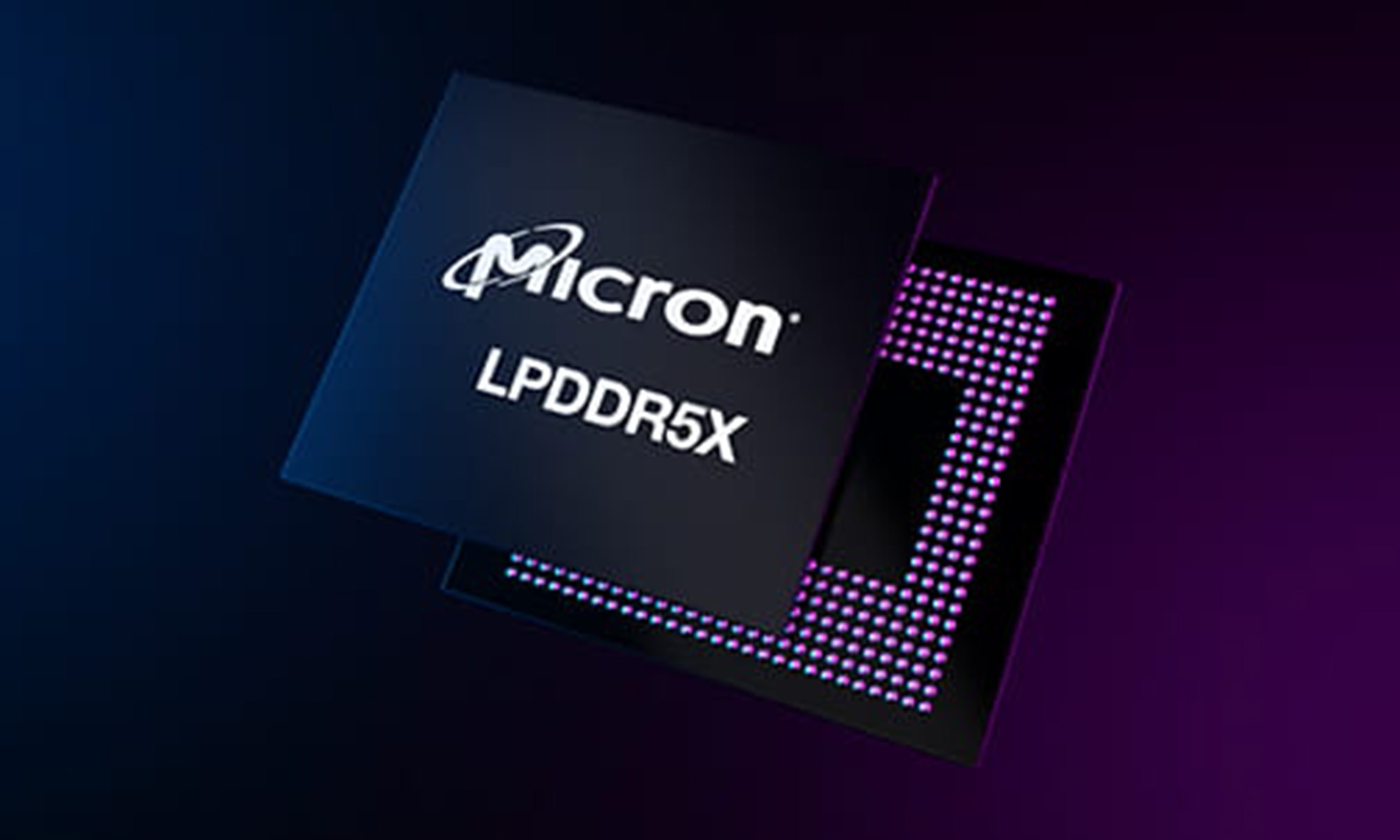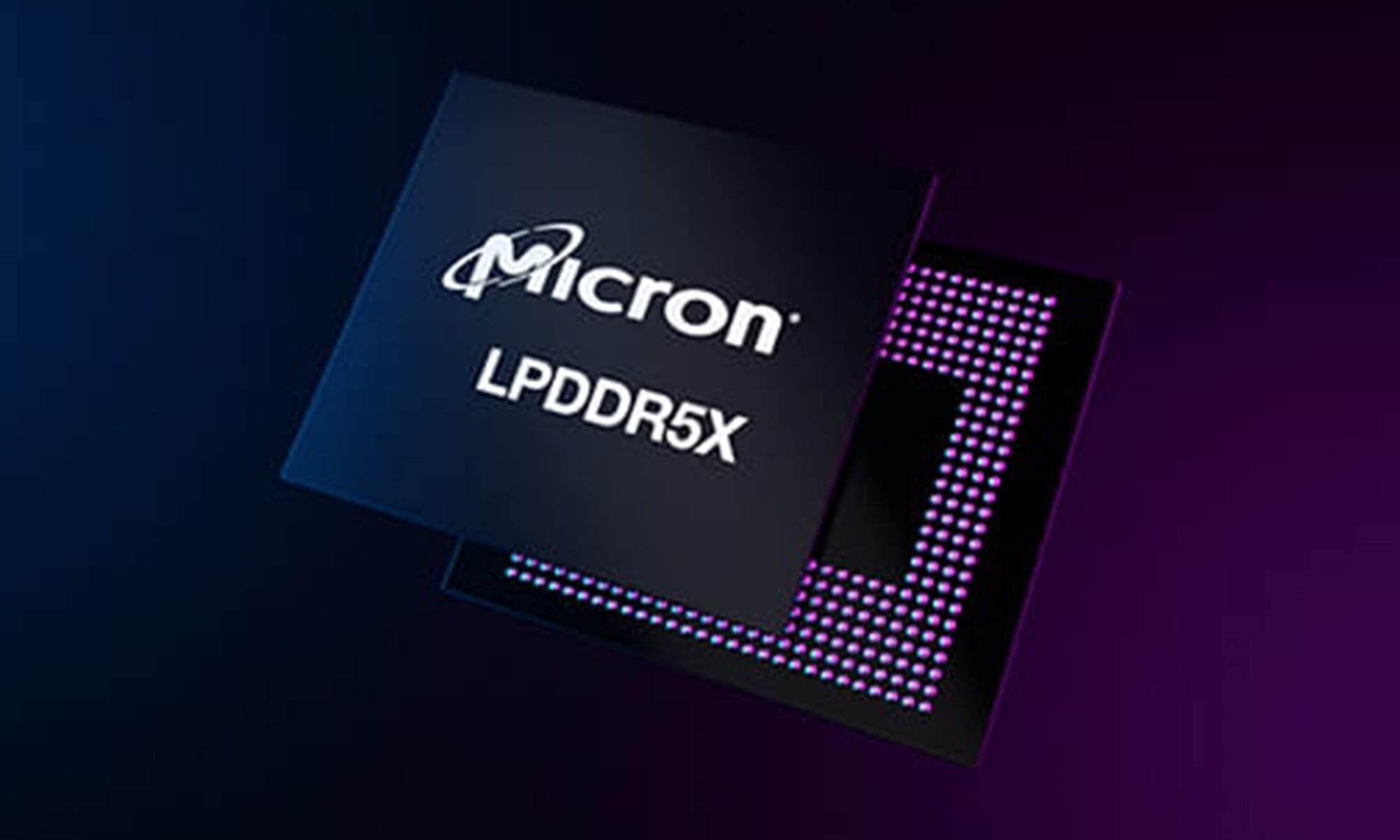Chip stocks got off to a great start this year after a forgettable 2018, but the U.S.-China trade war has knocked investor confidence out the window in recent weeks. Xilinx (XLNX +0.00%) and Micron Technology (MU +10.52%) are among the stocks taking a hit.
This latest pullback in shares of Xilinx and Micron could be an opportunity for investors looking to take advantage of hot trends in technology. Both companies believe that they can benefit from autonomous cars and fifth-generation (5G) wireless networks. But only one of them deserves your money.

Image Source: Getty Images.
The case for Xilinx
Xilinx stock suffered a pullback in late April after it missed Wall Street's earnings expectations, but that was the only blip in what was otherwise a terrific quarterly report.
Xilinx's revenue and earnings were up impressively year over year, and its guidance also trumped Wall Street's expectations. That wasn't surprising, because the company's programmable chips have turned out to be a hit among telecom companies deploying 5G networks.
Xilinx's field-programmable gate arrays (FPGAs) can be bought off the shelf and configured by developers to perform specific tasks. Because custom 5G chips aren't available yet, telecom carriers are turning toward Xilinx's programmable chips, which give them a cheap alternative to reduce the time to market and quickly roll out the network.
Xilinx has capitalized on the 5G opportunity by introducing specialized chips. The company claims that its share of baseband revenue in the ongoing 5G deployment phase is higher than usual.
A 5G base station packs more antennas as compared to a 4G network, so it consumes more power. Xilinx is taking care of this problem with its integrated chip platform that packs radio frequency chips and a processing system into one package, allowing telecom carriers to keep the size of the base station compact and reduce power consumption at the same time.
Meanwhile, Xilinx's automotive business has also gained critical mass in recent quarters. The company gets 14% of its total revenue from this segment (including revenue from the broadcast and consumer solutions business), which grew in the double digits last fiscal year.
Looking ahead, Xilinx's automotive business is all set to get better thanks to its relationships with major automotive component suppliers. The company's programmable chips are already powering the advanced driver assistance system (ADAS) modules at 16 OEMs (original equipment manufacturers). Given that this market is estimated to grow at an annual rate of 19% for the next six years, Xilinx's automotive revenue has a lot of room to grow.
Micron is on shaky ground
While Xilinx has delivered terrific financial growth in recent quarters, Micron has run into a wall thanks to the sliding prices of memory chips.
The memory market went into oversupply as a shortage of PC components, weak graphics card demand, and inventory adjustments in the data center space dented demand for the dynamic random access memory (DRAM) and NAND flash chips that Micron makes. These headwinds have weighed on Micron's top and bottom lines.
MU Revenue (Quarterly) data by YCharts.
But Micron expects a turnaround in the second half of 2019. According to CFO Dave Zinsner in a March call with analysts:
We expect our DRAM bit shipments to grow sequentially during the fiscal third quarter and at much higher rates in the fiscal fourth quarter. In NAND, we expect a modest sequential decline in our bit shipments in the fiscal third quarter due to the timing of shipments and expect growth to resume in the fiscal fourth quarter.
But Zinsner also said that Micron faces short-term challenges and suffers from poor demand visibility. The company has been forced to idle 5% of its DRAM capacity because of weak demand.
What this means is that Micron is trying to reduce the supply glut in the memory market by lowering production. Micron isn't the only one doing so. Leading DRAM manufacturer Samsung has decided to suspend the production of memory chips for a week in June and perhaps longer, until DRAM prices stabilize.
A supply cut would help boost memory prices to some extent, but Micron also needs an increase in demand to come to its rescue. The problem is that DRAM demand growth might take some time to arrive.
For instance, global smartphone sales have been dwindling, with IDC reporting a 6.6% drop in shipments during the first quarter. Intel's components shortages have kept a lid on PC shipments, while NVIDIA's latest results show us that data center spending has paused.
In light of these developments, Micron's turnaround isn't guaranteed, which is why it doesn't make sense to take advantage of the stock's recent drop to buy shares.
The verdict
Micron Technology's trailing price-to-earnings (P/E) ratio of just 3.3 looks appealing at first, but a forward P/E ratio of 7.7 indicates that the company's earnings are expected to decline. According to analyst estimates compiled by Yahoo! Finance, that's indeed going to be the case: Micron's bottom line is estimated to be slashed almost in half this year, with more downside expected next fiscal year.
On the other hand, Xilinx's earnings are estimated to increase both this year and the next. So even though Xilinx trades at a much higher forward earnings multiple of 23, it looks to be a better bet when compared to Micron because of its potential to deliver earnings growth.







